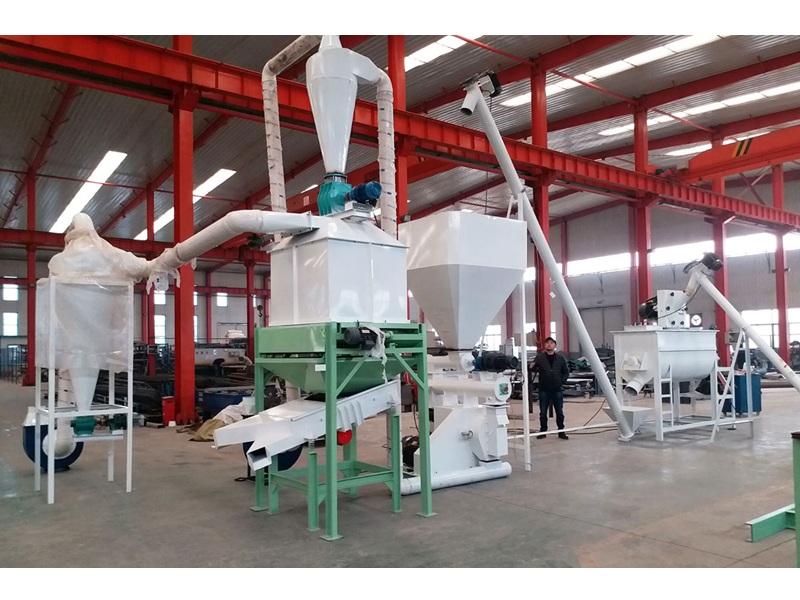High-Quality Poultry Cages for Layer and Broiler Chickens
Introduction
Poultry farming is a critical sector in global agriculture, providing meat and eggs to meet the growing demand for protein. To maximize productivity and ensure animal welfare, high-quality poultry cages are essential. These cages are designed to accommodate both layer chickens (for egg production) and broiler chickens (for meat production). The right cage system can significantly impact the health, growth, and productivity of poultry.
This article explores the features, benefits, and considerations for selecting high-quality poultry cages for layers and broilers. It covers cage design, materials, space requirements, ventilation, and hygiene, as well as the advantages of modern cage systems over traditional free-range methods.
Types of Poultry Cages
1. Layer Chicken Cages
Layer chickens are raised primarily for egg production. High-quality layer cages are designed to provide a comfortable environment that encourages consistent egg-laying while minimizing stress and injury.
Key Features:
- Tiered Design: Most layer cages are arranged in multiple tiers (A-type or H-type) to maximize space efficiency.
- Sloped Flooring: The floor is slightly sloped to allow eggs to roll gently into collection trays, reducing breakage.
- Nesting Areas: Some advanced cages include private nesting spaces to reduce stress and improve egg quality.
- Feed and Water Systems: Automated feeding and drinking systems ensure consistent nutrition and hydration.
2. Broiler Chicken Cages
Broiler chickens are raised for meat production, requiring cages that support rapid growth and muscle development.
Key Features:
- Spacious Design: Broilers need more space than layers to prevent overcrowding and ensure healthy weight gain.
- Durable Flooring: The flooring must be strong enough to support heavier birds while allowing waste to pass through for easy cleaning.
- Ventilation and Temperature Control: Proper airflow is crucial to prevent respiratory issues and overheating.
- Easy Access for Handling: Cages should allow farmers to easily inspect and handle birds for health checks and transport.
Materials and Construction
High-quality poultry cages are typically made from:
- Galvanized Steel: Resistant to rust and corrosion, ensuring durability in humid environments.
- Stainless Steel: Used in critical areas where hygiene is paramount, such as feed and water systems.
- Plastic Components: Lightweight and easy to clean, often used for feeders and drinkers.
The cage structure should be sturdy, with reinforced joints to withstand the weight of birds and equipment.
Space Requirements
Proper space allocation is crucial for poultry health and productivity:
- Layers:
- Minimum of 450–600 cm² per bird in conventional cages.
- Enriched cages (with perches and nesting areas) may require slightly more space.
- Broilers:
- At least 750–900 cm² per bird to allow free movement and prevent stress.
Overcrowding leads to aggression, disease spread, and reduced productivity.
Ventilation and Air Quality
Good ventilation is essential to:
- Remove ammonia and moisture from droppings.
- Regulate temperature and humidity.
- Provide fresh air to prevent respiratory diseases.
Modern cage systems often include:
- Mechanical Ventilation Fans: For controlled airflow in large poultry houses.
- Natural Ventilation Options: Such as adjustable side curtains.
Hygiene and Waste Management
High-quality cages facilitate efficient waste removal:
- Manure Collection Systems: Belt or scraper systems remove waste automatically, reducing labor and improving hygiene.
- Easy-to-Clean Surfaces: Smooth, non-porous materials prevent bacterial buildup.
- Disinfection Features: Some cages have removable parts for thorough cleaning.
Advantages of High-Quality Poultry Cages
1. Improved Productivity
- Optimized cage designs increase egg production and broiler growth rates.
- Automated systems reduce labor costs and human error.
2. Enhanced Animal Welfare
- Proper spacing and design reduce stress and injuries.
- Better hygiene lowers disease risks.
3. Cost Efficiency
- Durable materials reduce replacement costs.
- Efficient feed and water systems minimize waste.
4. Biosecurity
- Controlled environments reduce exposure to wild birds and pests.
- Easier disease monitoring and prevention.
Considerations When Choosing Poultry Cages
1. Farm Size and Capacity
- Small-scale farms may prefer manual systems, while large farms benefit from automation.
2. Climate Conditions
- Hot climates require additional cooling systems, while cold regions need insulation.
3. Regulatory Compliance
- Ensure cages meet local animal welfare and safety standards.
4. Budget and ROI
- High-quality cages may have a higher upfront cost but offer long-term savings.
Conclusion
Investing in high-quality poultry cages for layers and broilers is essential for efficient, humane, and profitable poultry farming. Modern cage systems enhance productivity, improve animal welfare, and reduce operational costs. By selecting the right cage design, materials, and features, farmers can optimize their operations and meet the increasing demand for poultry products sustainably.
Future advancements may include smart cages with IoT sensors for real-time health monitoring, further revolutionizing poultry farming. For now, choosing well-designed, durable, and hygienic cages remains the best strategy for success in the poultry industry.
---
This article provides a comprehensive overview without mentioning any specific company, focusing instead on general best practices and features of high-quality poultry cages. Let me know if you'd like any modifications!

 Catalogue
Catalogue








 WhatsApp
WhatsApp Phone
Phone
Comment
(0)